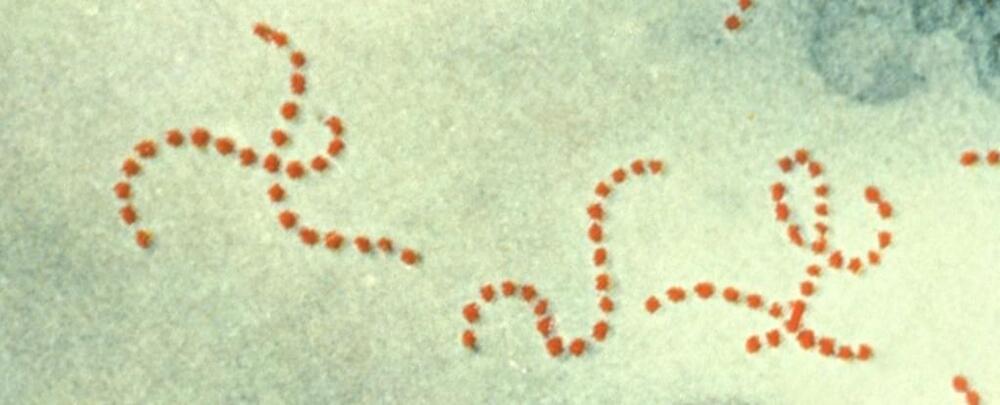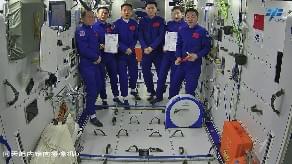The specs and claims made for this salt water powered EV were incredible in 2015. So what happened to the Quant 48 EV?
Over the past few decades, engineers and material scientists have created increasingly advanced and efficient solar technologies. Some of these technologies are based on photovoltaics with a so-called heterojunction structure, which entails the integration of two materials with distinct optoelectronic properties.
Researchers at Technische Universität Dresden have recently realized a different type of solar cells, referred to as phase heterojunction (PHJ) solar cells. These cells, introduced in a paper published in Nature Energy, were fabricated using two polymorphs (i.e., structural forms) of the same material, the perovskite CsPbI3, instead of two entirely different semiconductors.
“The realization of a PHJ requires the ability to fabricate two different phases of the same perovskite composition on top of each other,” Yana Vaynzof, lead author of the paper, told TechXplore. “While the fabrication of CsPbI3 perovskite by solution-processing is well established in the literature, we needed to develop a method to deposit a perovskite without dissolving the underlying layer, so we decided to use thermal evaporation for this purpose.”
Examinations using microscopes confirmed that these neurons were active in the mice with chronic pain. When the researchers used chemicals to stop the neuronal activity in this cortex, the mice’s appetites improved.
Similarly, when the researchers used chemicals to activate these neurons in mice that weren’t in pain, the animals ate less, even if they had been deprived of food before the experiment.
This is the first time that researchers have traced the brain mechanisms behind pain-related appetite loss, the researchers wrote.
Researchers have just caught bacteria sidestepping antibiotic treatment with a never-before-seen trick.
Bacteria’s troublesome talent for developing resistance against antibiotics is a rapidly growing health threat. This ability has ancient origins and allows drug-resistant bacterial infections like MRSA and gonorrhea to kill 1.3 million people globally each year.
These superbugs are even finding their way into wild animals, such as dolphins and bears.
Has Sweden Invented Green Steel?
Posted in media & arts
This new type of steel is a big deal.
Go to https://kamikoto.com/TomorrowsBuild to shop the Kamikoto Black Friday Sale, plus get $50 off with code TOMORROWSBUILD.
For more by Tomorrow’s Build subscribe now — https://bit.ly/3vOOJ98
Join our mailing list — https://bit.ly/tomorrows-build.
Additional footage and imagery courtesy of Åsa Bäcklin, Google Earth, HYBRIT, LKAB, Per Juntti, SSAB, The Swedish Transport Administration, TriStar Pictures, Vattenfall, Vitaliy Todo and Volvo Construction Equipment.
Listen to The World’s Best Construction Podcast.
Apple — https://apple.co/3OssZsH
Spotify — https://spoti.fi/3om1NkB
Amazon Music — https://amzn.to/3znmBP4
Follow us on Twitter — https://twitter.com/TomorrowsBuild/
In Space/China-In-orbit Rotation/Return
Posted in space
Dongfeng Landing Site, Inner Mongolia, north China — Recent (CCTV — No access Chinese mainland) 10. Various of workers in preparation for Shenzhou-14 crew’s return 11. Fast motion of ground radar equipment; vehicles.
In Space — Recent (China Manned Space Agency — No access Chinese mainland) 12. Space station view taken by Tianhe panoramic camera c 13. Fast motion of space station.
The Shenzhou-14 crew, after staying at China’s space station for half a year and performing rotation with their Shenzhou-15 colleagues, is scheduled to return to Earth on Sunday.
We learnt from investment expert Catherine Wood, Founder and CEO at ARK Invest, as she discussed Investing in disruptive innovation at the Exponential Financ…
A new study led by UCL researchers has identified patterns in how common health conditions occur together in the same individuals, using data from 4 million patients in England.
With advancing age, millions of people live with multiple conditions—sometimes referred to as multimorbidity—and the proportion of people affected in this way is expected to rise over the next decades. However, medical education and training, health care delivery, clinical guidelines and research have evolved to focus on one disease at a time.
The Academy of Medical Sciences and the UK Chief Medical Officer (CMO) have recognized this problem and set out a challenge of investigating which diseases co-occur in the same individuals and why.
It’s hard to keep surfaces clean in public spaces, but what if they could be protected with a spray that eliminates illness-causing microorganisms? Now, a new antimicrobial option is in the works.









